After getting my video camera, the Sony A7S III, and a couple of lenses, it was finally time for me to get myself some variable neutral density, or VND, filters to keep a natural motion blur.
My choice went to NiSi, which just released a new Swift system for users like me looking for maximum convenience.
Why the need for a VND filter?

The 180° shutter rule
Video and photo are quite similar in most points, but there are still some differences. For example, in the picture, you are trying to freeze an instant and get everything tack-sharp.
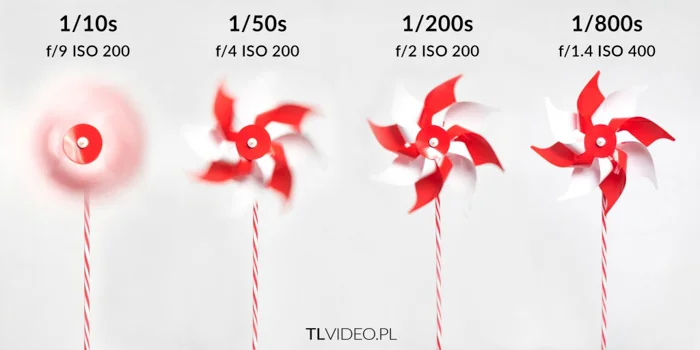
Sometimes you think you might need to convey an idea of motion in your frame. For this, you’ll need to get some motion blur, which means you need the thing moving in your picture to be slightly blurry.
I always felt like 125th of a second or 160th of a second in photography was the sweet spot. For cinema, the sweet spot is called a 180° shutter angle.
This rule is based on the way film was shot with a rotative shutter. A half circle goes in and out of the emulsion film.
This means that the sensor will capture an image 1/(2*FPS)th of a second. This renders a natural blur, which makes motion feel natural and believable. This is the motion blur we see with our own vision.
Why does a VND help in achieving this?
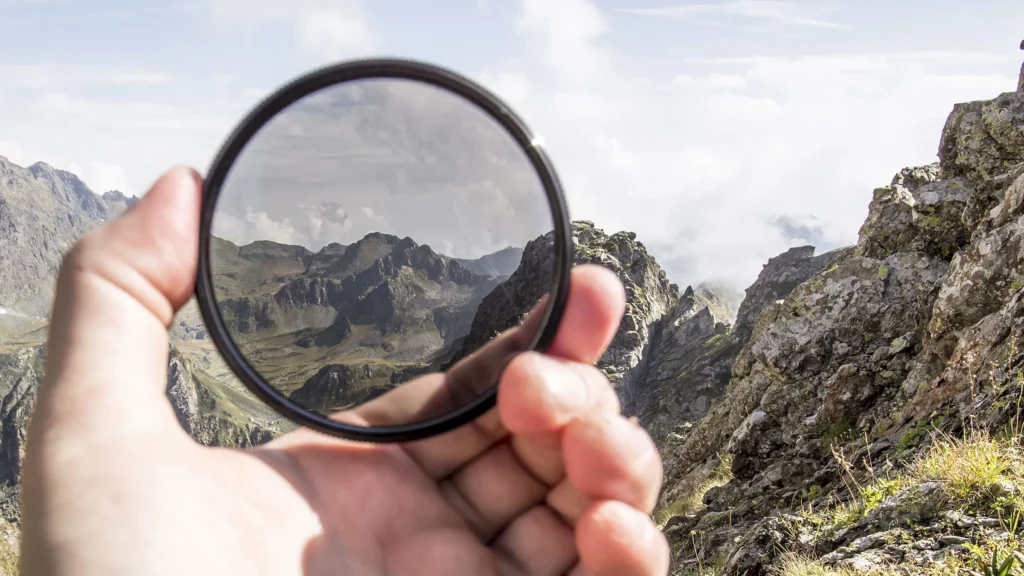
A variable neutral density filter is basically a pair of sunglasses for your camera that you can adjust without having a tint on your image.
In other words, this tool is basically made to remove some light coming into the lens. The less light, the more you’ll be able to use lower ISO, which can be very handy when you have fast lenses and low shutter speeds.
Basically, most people shoot at 25 or 24 frames per second to give a cinematic aesthetic. This means you’ll need a 1/50th shutter speed to have a 180° shutter angle and a natural motion blur.
Shooting at 1/50th of a second during the day is quite challenging; if it’s sunny, you’ll most probably need to go somewhere between f/16 and f/22. Sometimes it’s not even enough. That’s when using a filter that will remove lights comes in handy.
How many stops are good enough?
From my experience, to keep a 1/50th of a second shutter speed during day light with a 1–5 stop VND, you’ll only get to f/5.6. I would highly recommend you buy a 5–9-stop VND as well, especially if you are using a faster aperture like f/1.8 or even f/1.2. This is where the new system from NiSi comes in handy.
Knowing that profiles like S-Log 3 have a native ISO of 640. You will inevitably need to use the 1 to 5-stop VND with the ND 16.
Why choose the NiSi Swift System?
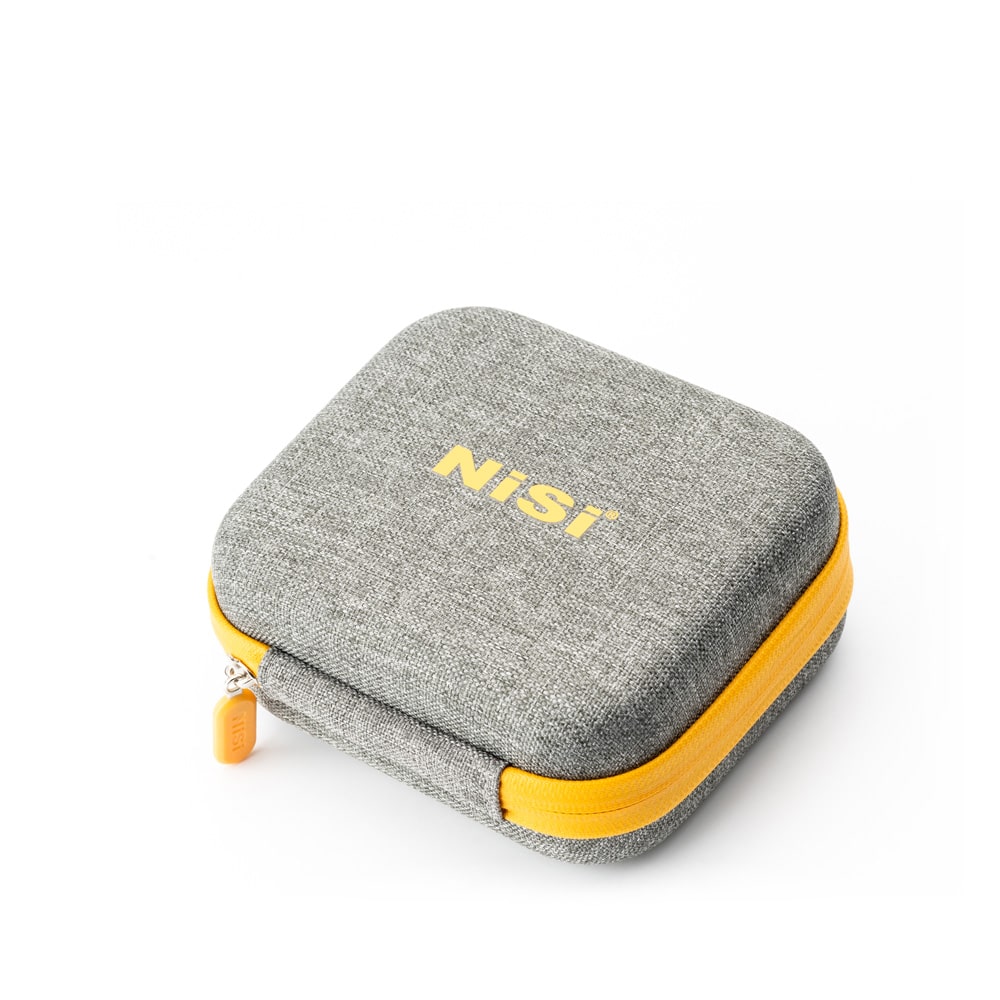
The brand NiSi
The brand NiSi is one of the well-known brands making filters for photography and videography. It’s main competitors are probably Tiffen, Lee Filters, and now some new brands such as Polar Pro or Freewell.
Nisi True VND
NiSi has always been known in the market to have less color cast in their filters. That’s basically their specialty, and they were the first to release a VND for video that has a lower color cast.
Colorcast means that the colors can shift when using a filter; for example, all the images can go magenta, green, blue, or yellow. Sometimes it can even go pink or black with some vignetting.
Why use a VND instead of a simple ND?
Using a simple ND has its advantages, such as less colorcast and no vignetting whatsoever. The idea behind a VND is the practicality of adjusting the light exactly how you want it by rotating the glass.
What are the advantages of the NiSi Swift System?
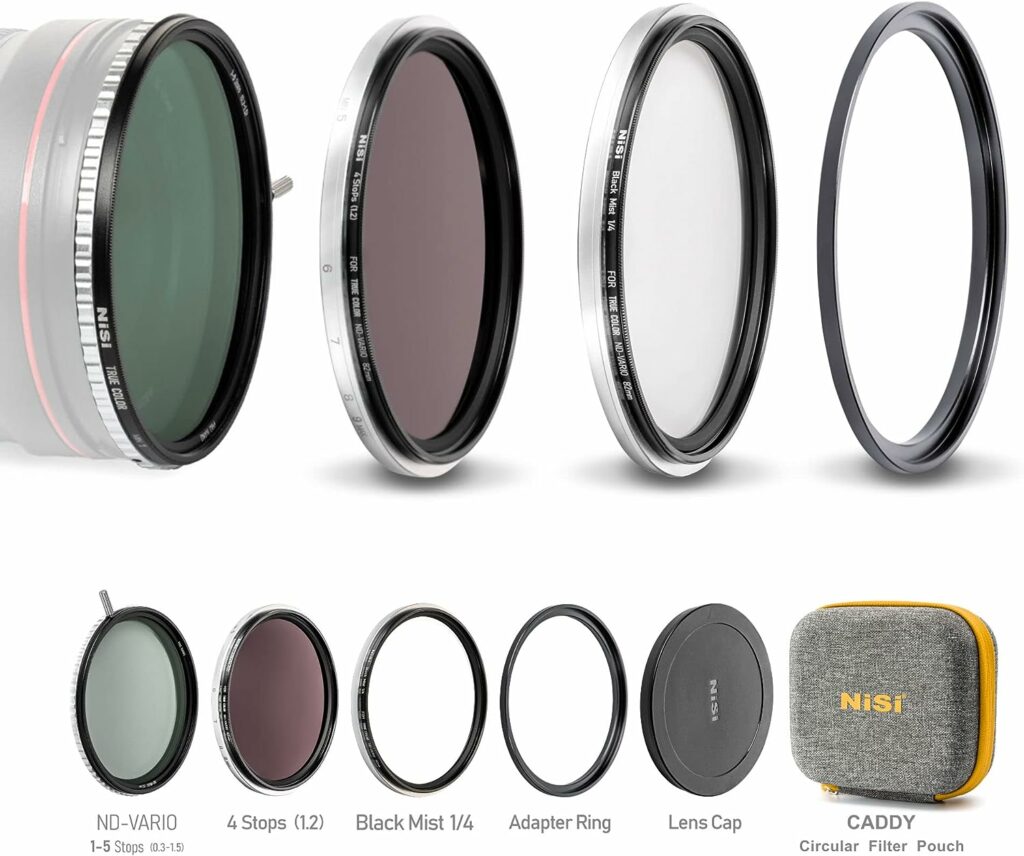
The Swift system is basically a system that bets on practicality by giving you the possibility to stack filters on top of each other. This has been seen many times by competitors who use magnets.
This is very handy since screwing filters can really be a hassle. It’s not that easy to unscrew one specific filter when you have a bunch sandwiched together.
Today, most people are using at least two or three filters on their lenses.
What are the cons of the system?
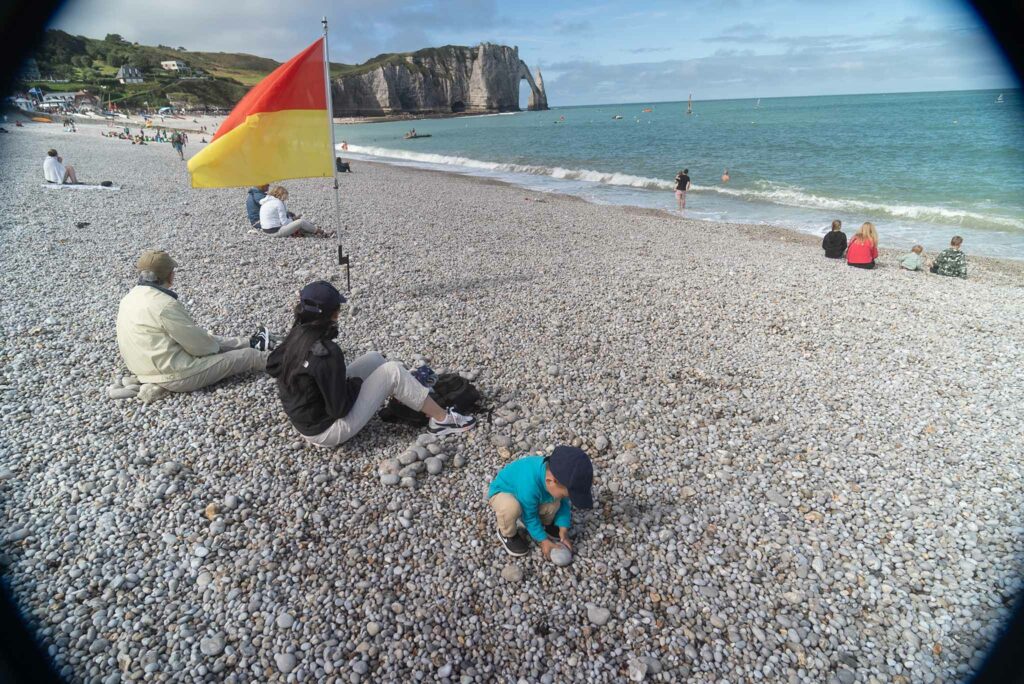
Stacking a bunch of filters on top of each other is never a good idea if you are using a wide-angle lens. With the Sony 20-70mm F/4 and a protective UV Filter, when I stack VND and Black Mist Filter on top of a step-up ring for 72mm, I have strong vignetting on my frame. I would even say that I can see the filter ring on this focal length.
Forget about any lens under 24mm, in my opinion, with this system. You are better off using a matte box.
Even with the 20–70mm, which have a 72mm filter thread, I have vignetting with two filters stacked and a step-up ring until 35mm. I still need to try on a lens like the 24-70mm.
How does it compare to a matte box?
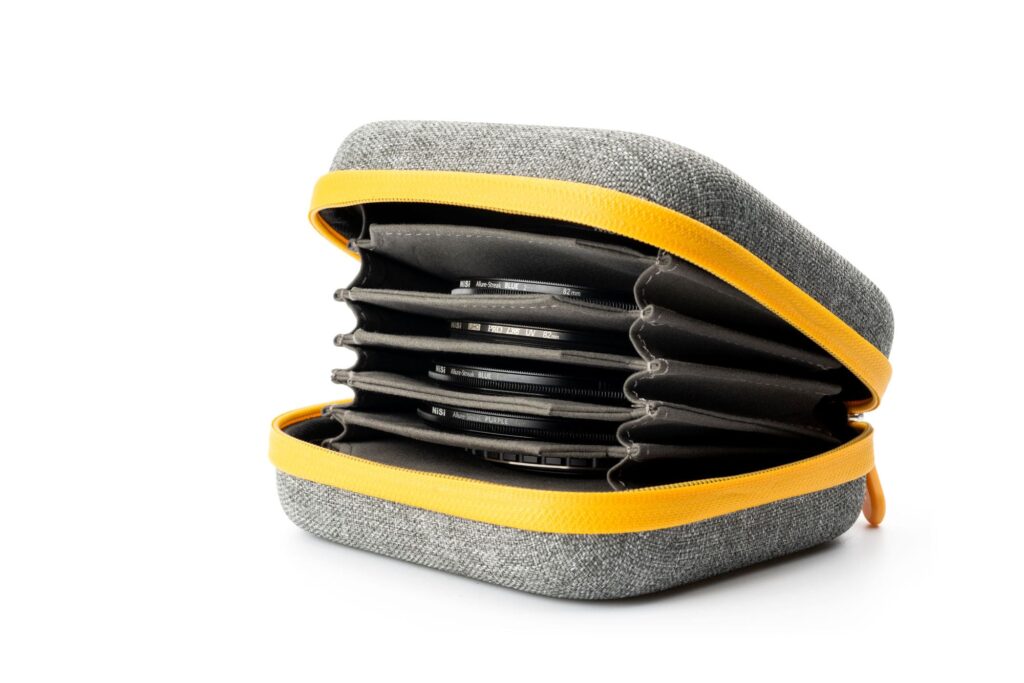
A matte box is a far better tool for cinematographers. You’ll get rid of issues such as vignetting. You’ll be able to use a wider variety of lenses, even those with a wide focal length, such as 18mm.
It’s also more ergonomic; you just have to slide in and out of big square or rectangle filters.
The issue with a matte box is that it’s bulky, takes longer to set up, and makes you less inconspicuous. It’s basically like adding a cage and a rig to your camera. It will make you look professional, but that’s not always what you want.
It’s also not that practical for photography.
How does the NiSi Black Mist Filter perform?
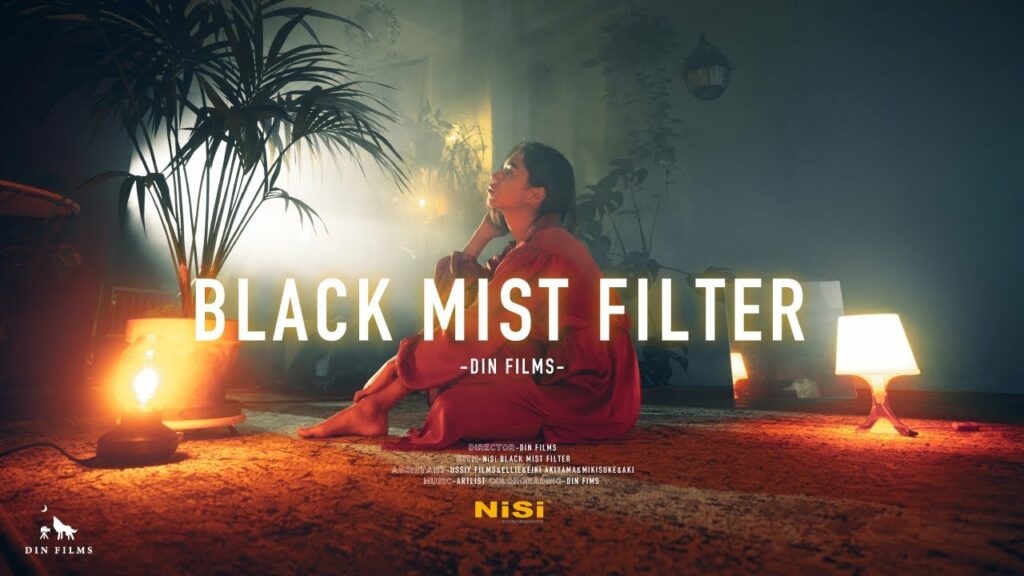
A black mist or pro mist filter is basically a filter that will remove some edges, add contrast to your image, and make the highlights glow. These filters also tend to remove some contrast.
Film makers use these filters to get a more organic, filmic, or cinematic look as opposed to a digital look.
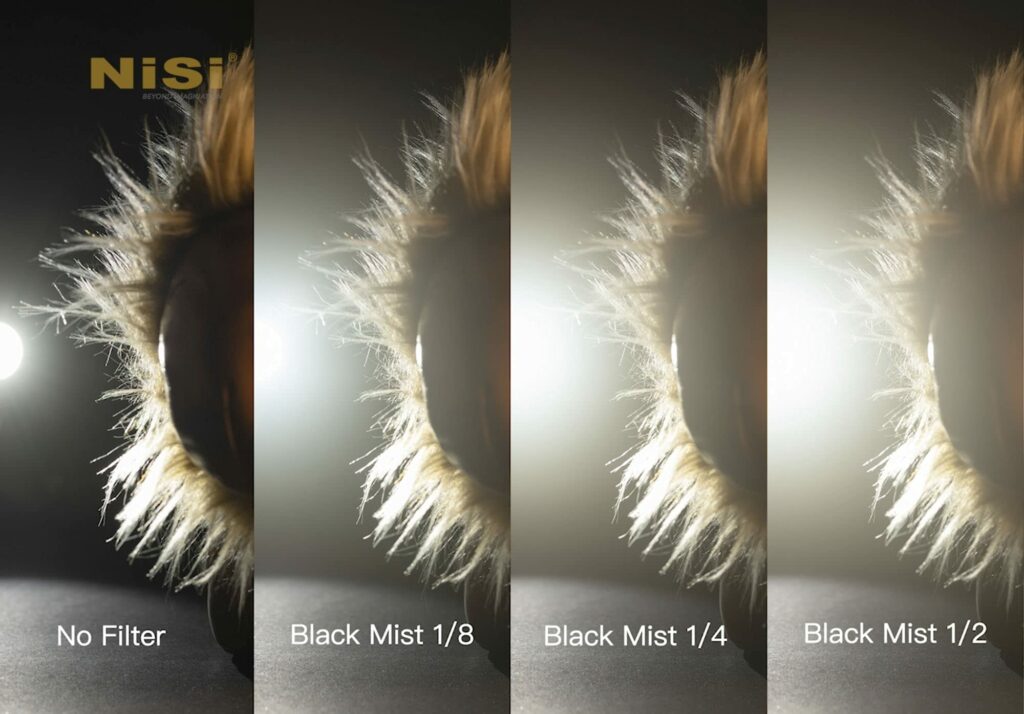
This is going to be a personal observation, but I feel like the 1/8 strength is almost like a 1/4, and the 1/4 is very strong.
I personally own the 1/4, and it’s a bit much, to be honest. I can create some amazing images, but in most cases, 1/8 is more adequate. You’ll have the effect of the filter without making your image look too vintage. The positive part is that the kit comes with a 1/8 filter.

I myself own both filters, and I have to say, owning both is the way to go. The 1/8 is like a discrete polish for your image, and the 1/4 is perfect when you want a dreamy look.

Everything is not perfect, though. For example, the Black Mist Filter creates some color cast, at least on the Sony Camera, which tends to give a magenta cast to the image.

How does it compare to a Tiffen Pro Mist Filter?
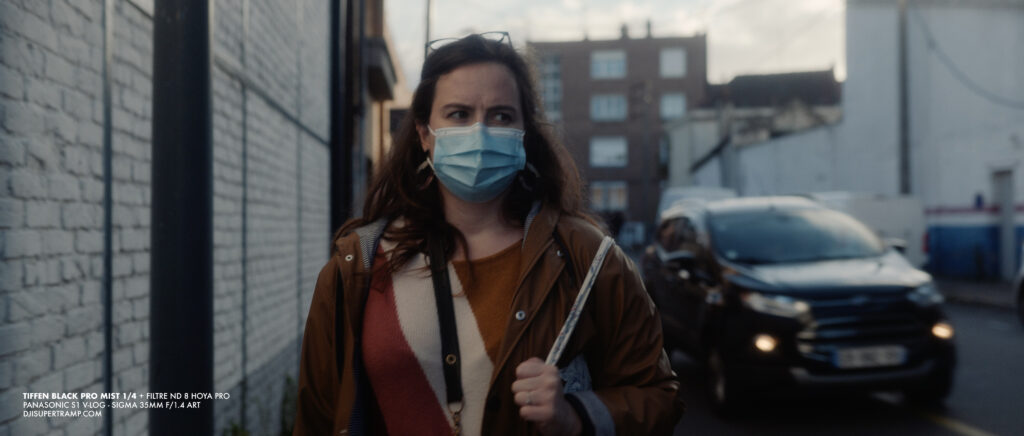
I personally feel like Tiffen makes the best mist filter. The Tiffen Pro Mist Filter 1/8 is basically what I would choose for my project.
It has less of a contrast reduction and more of a clean glow. It makes the image look very modern while still giving you the roll-off of the highlights and the glow of the lights.
I think the NiSi Black Mist 1/8 is equivalent to the Tiffen Pro Mist 1/2 in terms of rendering. The Tiffen Pro Mist 1/8 is perfect for softening the image without creating a too dreamy effect.
Verdict
8.2 out of 10.
This Swift System by Nisi is the one system that I would recommend to anybody looking for a VND screw-on kit.
It has basically the best VND in the market, with close to no colorcast. This will be very handy if you want to have a clean image to grade.

The system is quite practical when stacking filters together. It’s quick and safe; I’ve never experienced a filter coming off by itself because of the friction.
The only downsides to this system are the vignetting when you start stacking too many filters and step-up rings, especially on wide-angle lenses.
The second one is that Tiffen is making better mist filters, in my opinion, which won’t fit into this system. You’ll still be able to use them, but not as practically as the NiSi Swift ones.
Informations
NiSi Swift VND System
Official Website : https://nisiopticsusa.com/
Page of the product : https://nisiopticsusa.com/shop/nisi-circular-filters/swift-vnd-system/
Our Video Production : https://www.neonnight.fr/en/


GIPHY App Key not set. Please check settings